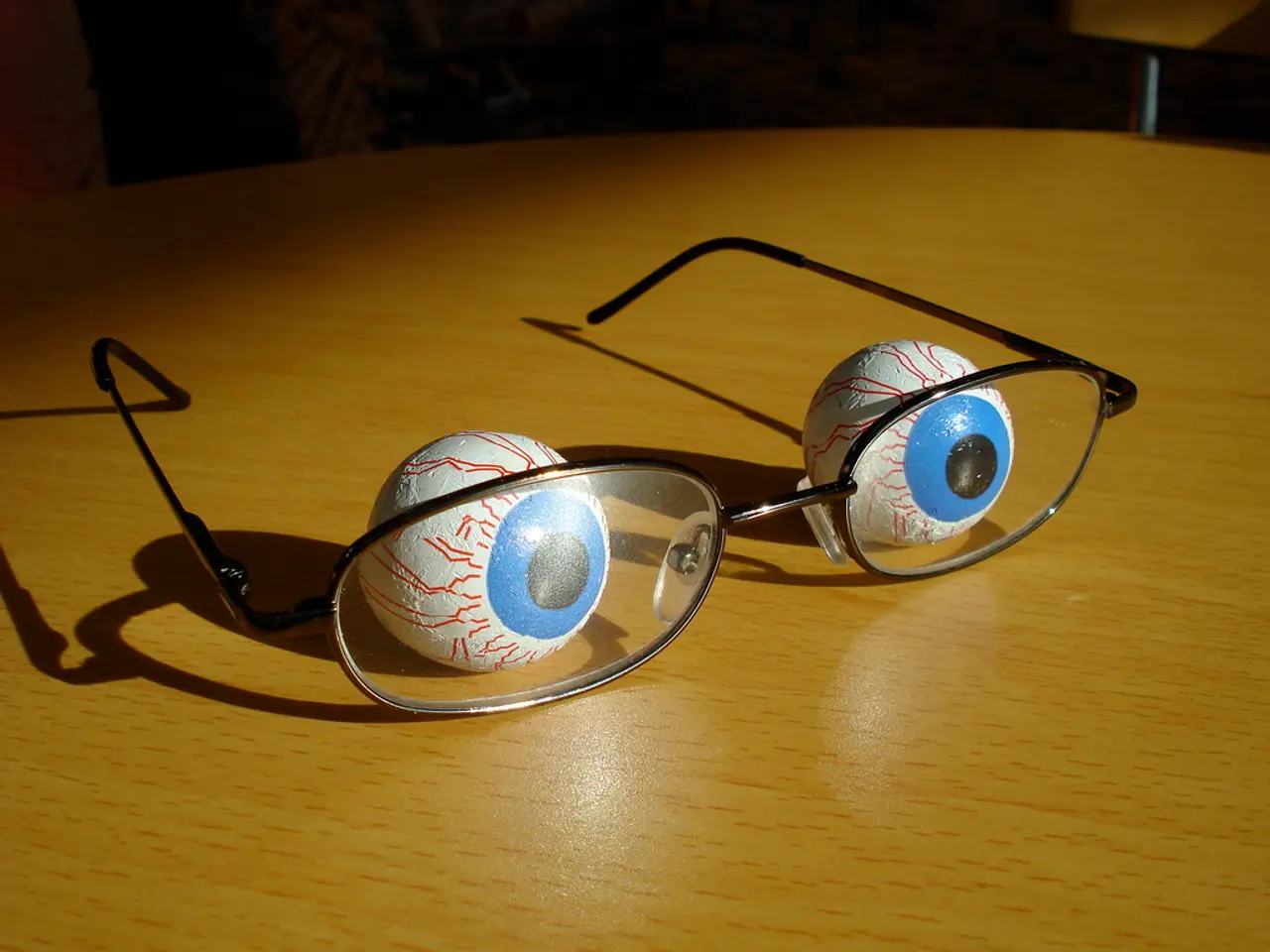Spatial-Visual Intelligence: Key Features, Illustrations, and Tasks
### Enhancing Spatial-Visual Intelligence: A Guide for Everyday Life
Spatial-visual intelligence, one of the eight types of competencies identified by psychologist Howard Gardner in his Theory of Multiple Intelligences, plays a significant role in our daily lives. This intelligence, which allows us to mentally manipulate and analyze visual information, is crucial in various fields such as STEM, gaming, and sports.
Improving spatial-visual intelligence can be achieved through a variety of activities. Engaging in puzzles, drawing, sports, and 3D games can help strengthen mental rotation skills, pattern recognition, and hand-eye coordination.
For instance, trying video games that require quick spatial adjustments, such as first-person shooters or racing games, can enhance your ability to navigate and make quick decisions in virtual environments. Experimenting with origami can help you understand shape transformation, while classic games like Tetris and chess can improve strategic spatial thinking.
Virtual reality (VR) apps can also be used to practice spatial awareness. They offer immersive environments that allow you to move around and interact with objects, helping you to better understand and navigate physical spaces.
In addition, engaging in sports like basketball, tennis, or rock climbing can improve hand-eye coordination. Carpentry, assembling IKEA furniture, or crafting models can also help develop spatial-visual intelligence. Photography can be another effective tool, as it requires understanding and manipulating the spatial relationships between objects in a scene.
Spatial-visual intelligence is essential in real-life situations as well. It helps with daily navigation, problem-solving, and artistic creativity. Examples include reading a map and determining the best route, designing a blueprint for a building, solving a Rubik's Cube by mentally visualizing movements, and predicting how furniture will look in a room before moving it.
Moreover, spatial-visual intelligence supports the generation of realistic images and environments, useful in fields like advertising, education, and design. It is also integral to the development of robots that can see, reason, and act across realities, enabling them to generalize from observations rather than manual programming.
Advancements in technology, such as Vision-Language Models (VLMs), can further enhance spatial-visual intelligence. By learning spatial reasoning from multiple viewpoints, these models can improve the performance of robots with social intelligence. Developing synthetic datasets for training VLMs on spatial tasks can also improve their deployment in real-world settings.
By focusing on these areas, spatial-visual intelligence can be significantly improved, leading to more sophisticated and efficient applications across various industries. So, whether you're navigating a city, designing a building, or playing a video game, remember that spatial-visual intelligence is a valuable skill to cultivate.
- The field of cognitive psychology has explored how engaging in sports can help improve spatial-visual intelligence, which is crucial in sports like basketball and tennis.
- Artificial Intelligence, particularly Vision-Language Models (VLMs), is being developed to learn spatial reasoning from multiple viewpoints, applying it to robots with social intelligence.
- In the realm of health-and-wellness and fitness-and-exercise, activities like rock climbing can also be used to boost hand-eye coordination, a key aspect of spatial-visual intelligence.
- The intricate combination of shapes and patterns found in art can stimulate and enhance spatial-visual intelligence, making it essential in the creative industry.
- The world of sports-betting can benefit from spatial-visual intelligence as well, as predicting and visualizing complex strategic scenarios can provide an advantage in analysis and decision-making.




